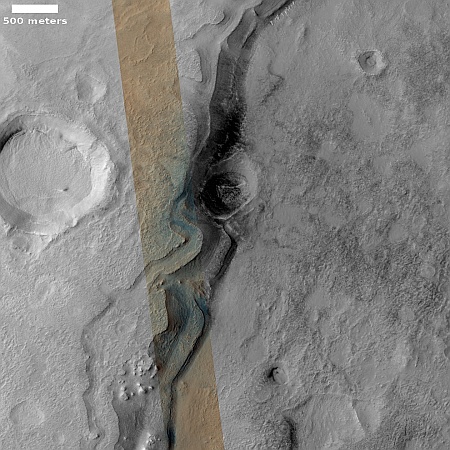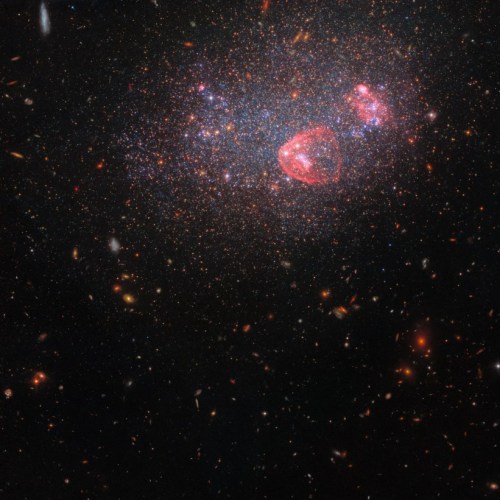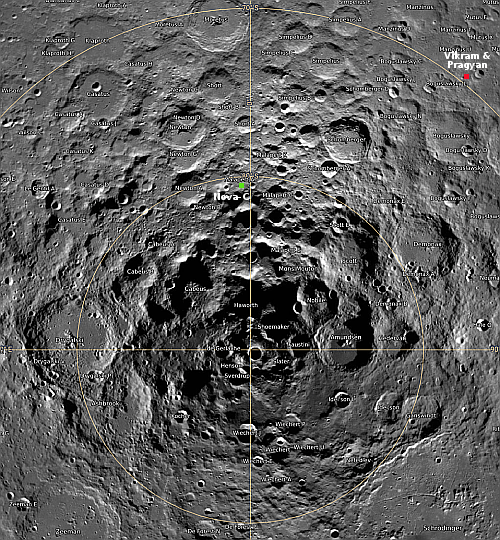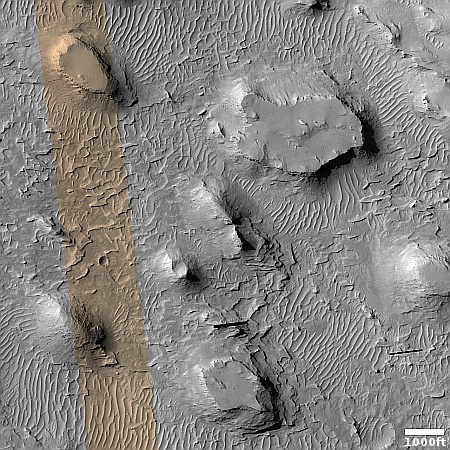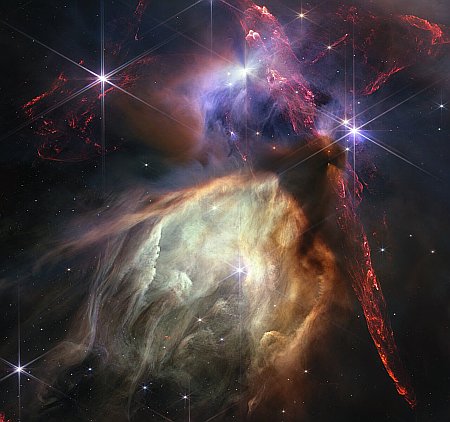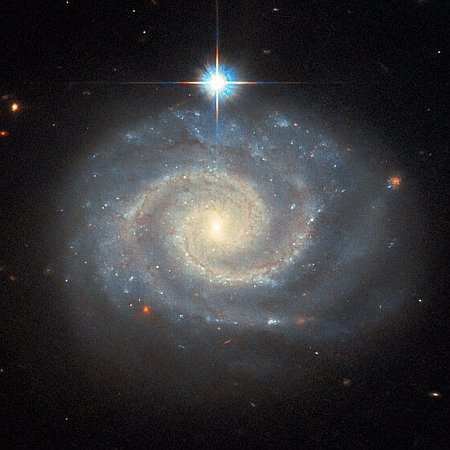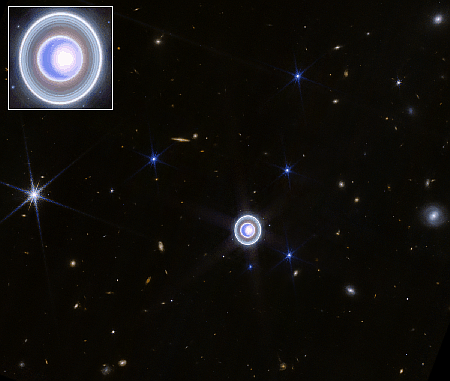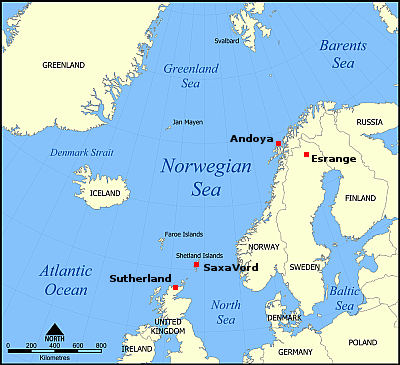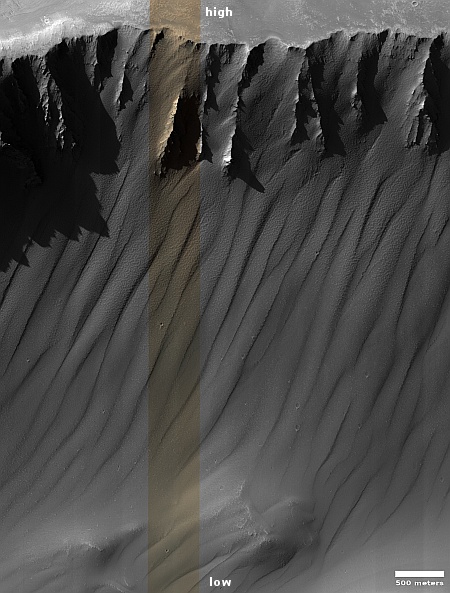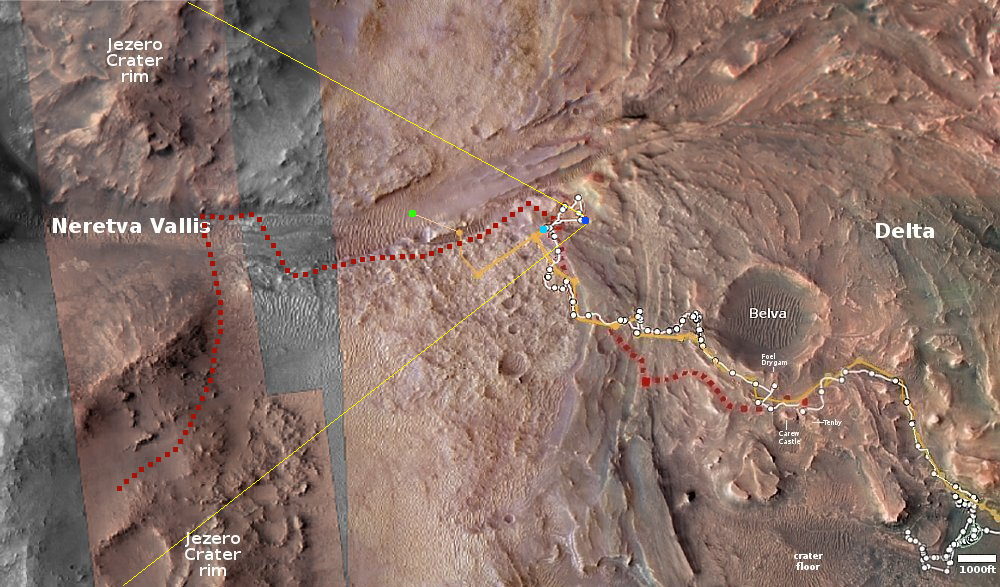Starship prototype #28 completes full duration static fire test
Gearing up for Starship/Superheavy orbital test flight #3: Starship prototype #28 today successfully completed a full duration static fire test, with all six engines firing for about five seconds.
The link goes to SpaceX’s X feed, and shows that test.
This is more evidence that SpaceX intends to be ready in all ways to do that third orbital test flight of Superheavy/Starship by mid-January, at the latest. It also suggests the company is getting close to finishing its investigation into the previous test flight in mid-November.
Of course, none of this means it will launch in mid-January. I predict SpaceX will be stuck twiddling its thumbs waiting for a launch license from the FAA, which will also be waiting for an okay from Fish & Wildlife. Both will likely be forced to work as slowly as possible, likely because of interference from the White House.
Gearing up for Starship/Superheavy orbital test flight #3: Starship prototype #28 today successfully completed a full duration static fire test, with all six engines firing for about five seconds.
The link goes to SpaceX’s X feed, and shows that test.
This is more evidence that SpaceX intends to be ready in all ways to do that third orbital test flight of Superheavy/Starship by mid-January, at the latest. It also suggests the company is getting close to finishing its investigation into the previous test flight in mid-November.
Of course, none of this means it will launch in mid-January. I predict SpaceX will be stuck twiddling its thumbs waiting for a launch license from the FAA, which will also be waiting for an okay from Fish & Wildlife. Both will likely be forced to work as slowly as possible, likely because of interference from the White House.

